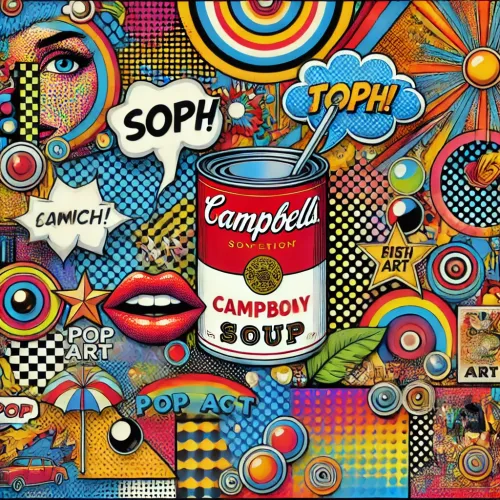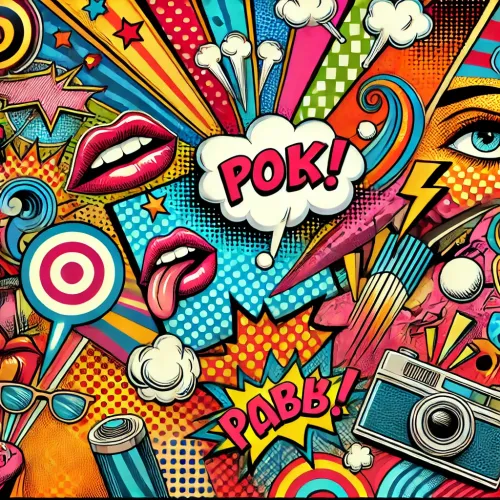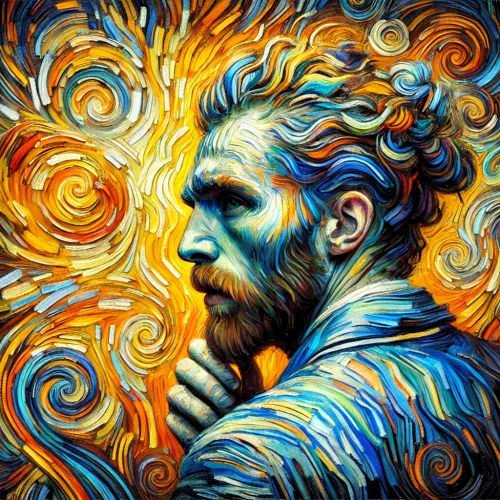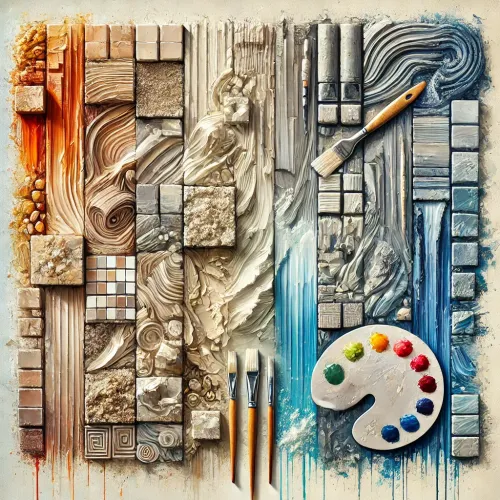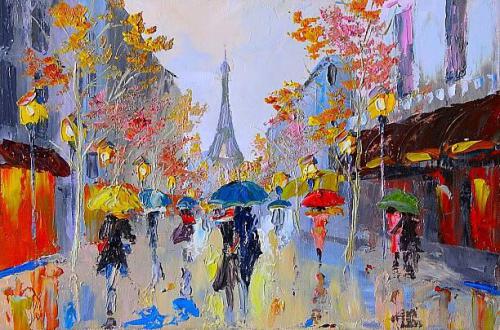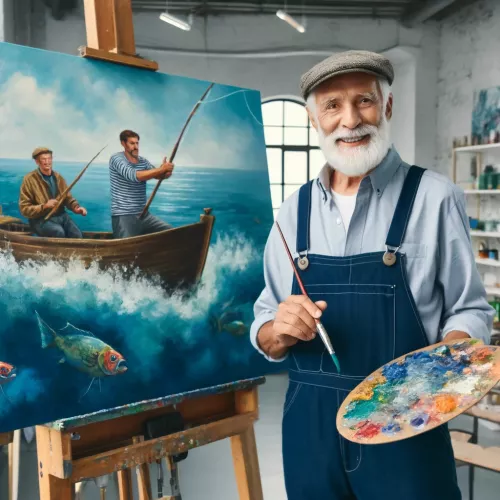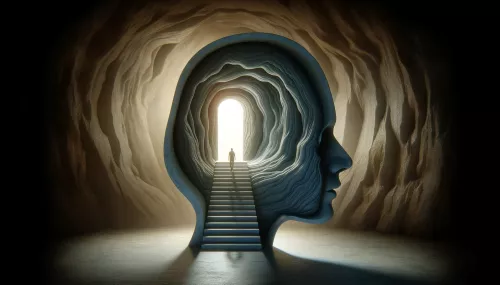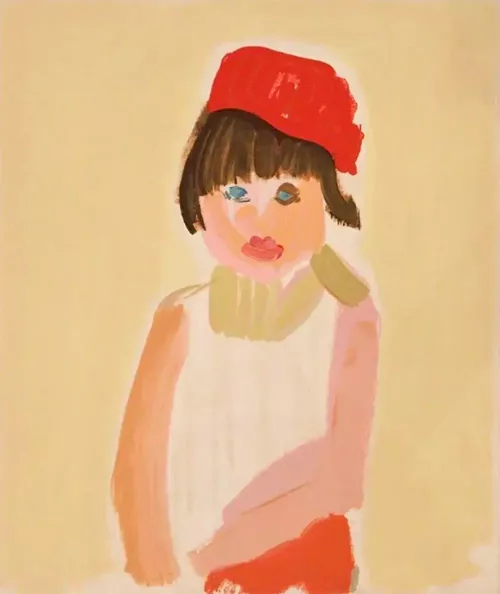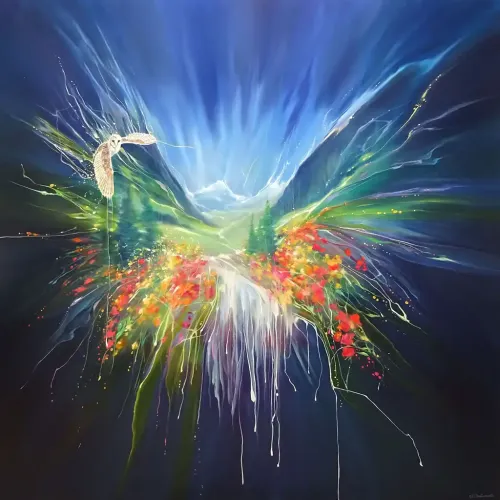


Faces of Genius: Van Gogh's Portraits and Intimate Self-Reflections
Unveiling Humanity: The Depth and Nuance of Van Gogh's Portraits
Vincent van Gogh, the iconic Dutch painter, left an indelible mark on the art world with his vibrant and emotionally charged works.
His life, a tumultuous journey marked by passion and struggles, found its deepest expression on canvas. As we delve into the world of Van Gogh's portraits, we unravel the layers of his artistry and the intimate self-reflections that breathe life into each stroke.
Van Gogh's self portraits are windows into the souls of his subjects. With an unparalleled ability to capture the human essence, his paintings transcend mere depictions of faces. They reveal the emotions, stories, and struggles etched into the lines and contours of each individual. The brilliance lies in his capacity to reveal the universality of human experience through his subjects.
The Artist's Gaze: A Deep Dive into Van Gogh's Self-Portraits
One of the most fascinating aspects of Van Gogh's body of work is his extensive collection of self-portraits. These introspective masterpieces provide a unique insight into the artist's psyche. Each self-portrait is a mirror reflecting Van Gogh's emotional state at a particular moment in time. From the intensity of his gaze to the choice of colors, every element speaks volumes about the internal battles he fought.
Comparing Themes: External Portraiture vs. Introspective Self-Reflection
-
External Portraiture: Van Gogh's external portraits showcase his ability to capture the essence of others. From the postman to the sunflowers, each subject becomes a vessel for the artist's exploration of human connection and shared experiences.
-
Introspective Self-Reflection: In contrast, Van Gogh's self-portraits delve deep into the artist's own psyche. The use of bold colors and expressive brushstrokes reveals the rawness of his emotions, allowing viewers to witness the turbulence within.
Brushstrokes and Emotions: The Techniques Behind Van Gogh's Self Portraits
Van Gogh's technique is as distinctive as his subjects. The bold and impulsive brushstrokes create a sense of movement and energy, breathing life into the canvas. The swirling patterns and vibrant color palette evoke a visceral response, transcending the boundaries of mere observation and inviting viewers into an emotional dialogue with the art.
- Impasto Technique: Van Gogh's use of thick, textured brushstrokes (impasto) adds a three-dimensional quality to his portraits, allowing the viewer to almost feel the emotion embedded in each stroke.
- Color as Emotion: The artist's deliberate choice of colors goes beyond mere representation. Bold yellows, fiery oranges, and intense blues serve as a visual manifestation of the emotional spectrum, amplifying the impact of his portraits.
Bottom Line
Vincent van Gogh's self portraits are not just frozen moments in time; they are portals into the human experience. His ability to intertwine external observations with intimate self-reflections showcases the genius that transcends artistic boundaries. As we stand before his canvases, we witness not only the faces of his subjects but the enduring legacy of a tormented yet brilliant mind. Van Gogh's portraits remain timeless, inviting us to reflect on our own humanity with every gaze into the swirling depths of his masterpieces.
-
IsraelAbstract | Landscape | Impressionism
-
Abstract | Pop Art | Expressionism
-
Xiaoyang GalasGiclee Print on Textured Art Paper60 X 60 cm | 23.62 X 23.62 inches
£ 330 € 399 ₪ 1503 $ 419 Serhiy SavchenkoAcrylic on Canvas | Oil on Canvas180 X 240 cm | 70.87 X 94.49 inches£ 22370 € 27054 ₪ 101828 $ 28388 Regina GoldelmanAcrylic on Canvas100 X 100 cm | 39.37 X 39.37 inches£ 10244 € 12389 ₪ 46631 $ 13000 Anna AiachWater Colour90 X 70 cm | 35.43 X 27.56 inches£ 2332 € 2821 ₪ 10618 $ 2960 Gill BustamanteOil on Canvas121.92 X 121.92 cm | 48 X 48 inches£ 5284 € 6390 ₪ 24051 $ 6705 Petra GruitersOil on Wooden Panel30 X 25 cm | 11.81 X 9.84 inches£ 2558 € 3093 ₪ 11643 $ 3246 Richard HeleyAcrylic on Canvas108 X 108 cm | 42.52 X 42.52 inches£ 5967 € 7216 ₪ 27161 $ 7572 Olga Kataeva RochfordTempera on Panel100 X 80 cm | 39.37 X 31.5 inches£ 4728 € 5718 ₪ 21522 $ 6000 Link ArtOil on Canvas115 X 145 cm | 45.28 X 57.09 inches£ 2049 € 2478 ₪ 9326 $ 2600 Elena GinsburgAcrylic on Canvas50 X 50 cm | 19.69 X 19.69 inches£ 426 € 515 ₪ 1937 $ 540 Regina GoldelmanAcrylic on Canvas130 X 110 cm | 51.18 X 43.31 inches£ 12608 € 15248 ₪ 57392 $ 16000 Dylan BellAcrylic on Aluminium Panels67 X 38 cm | 26.38 X 14.96 inches£ 1643 € 1987 ₪ 7479 $ 2085 Receive 10% on your first artworkOnce a month be the first to know about new trends, artworks and offersEvents around the world-
United States / New YorkGallery shows20/12/2024 - 30/06/2024
-
United States / CharlevoixArt Fairs20/12/2024 - 10/08/2024
-
Mexico / MexicoArt Fairs20/12/2024 - 09/02/2025
-
Spain / Madrid, SpainArt Fairs20/12/2024 - 09/03/2025
-
United States / New YorkGallery shows20/12/2024 - 30/06/2024
-
Italy / MilanGallery shows20/12/2024 - 26/04/2024
-
United Kingdom / LondonArt Fairs20/12/2024 - 12/05/2024
-
United States / Kansas CityArt Fairs20/12/2024 - 22/09/2024
-
United States / New yorkGallery shows20/12/2024 - 22/03/2024
-
United States / MiamiArt Fairs20/12/2024 - 08/12/2024
-
United Kingdom / FLO London, LondonExhibitions20/12/2024 - 31/01/2025
-
United States / MiamiArt Fairs20/12/2024 - 06/12/2024
I am an art lover,
a collectorCreate an account to save your
favorites and receive personal offers.Already have an account?This website uses cookies to improve performance and to enhance the user experience.Accept


























































































































































































































































